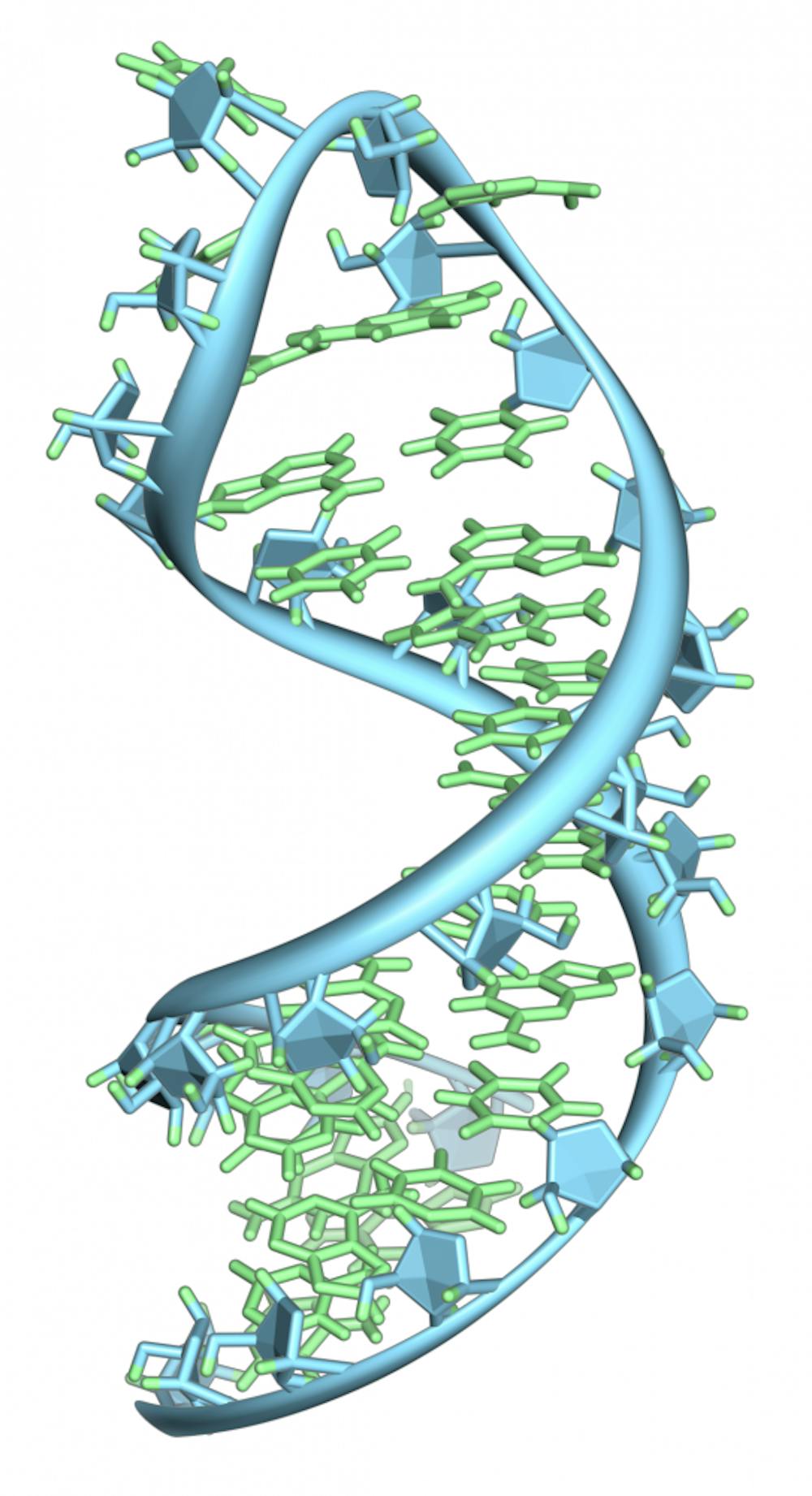By MANISH PARANJPE
Staff Writer
We have long known that neurons in the brain are not static. Neurons and neuronal connections are thought to be plastic structures, meaning that they undergo both growth and elimination in response to environmental cues and signals from the brain. However, the molecular basis for why this happens remains elusive.
Diseases such as autism, bipolar disorder, dementia and schizophrenia are all characterized by the dysregulation of this plasticity. In short, the neural connections in brains of patients with these diseases have gone astray. A new study, published in Nature Neuroscience, found that microRNAs, a class of small biological molecules, are powerful regulators of plasticity.
According to Joshua Schwartz, a Hopkins neuroscience Ph.D. student, microRNAs were originally discovered over 20 years ago, but were thought to be absent from mammals such as ourselves.
“MicroRNAs have since been discovered throughout the animal and plant kingdoms, where they regulate nearly every fundamental biological process (metabolism, cell growth, neuronal plasticity) and disease (infection, diabetes, cancer),” Schwartz wrote in an email to The News-Letter.
MicroRNAs are tiny strands of RNA that do not code for proteins but instead regulate other RNA molecules.
“[MicroRNAs] prevent specific messenger RNA from being translated into proteins,” Schwartz wrote. “By silencing precise programs of gene expression, microRNAs function as essential regulators of cell structure and function.”
For their study, researchers at Harvard’s Department of Cell Biology, MIT’s Picower Institute for Learning and Memory and Department of Brain and Cognitive Sciences, and the joint Harvard-MIT Broad Institute, studied microRNA 137 (MiR137) and its role in the plasticity of synapses, the junction between two nerve cells.
They found that the small mutations in MiR137 frequently observed in cases of schizophrenia lead to dysregulated synaptic plasticity. Increased expression of MiR137 leads to the downregulation of three target genes, ultimately causing alterations in synaptic plasticity.
The team began by asking whether the small mutations in MiR137, sometimes found in cases of schizophrenia, alter the microRNA’s expression. In order to study the levels of MiR137, they first engineered neurons with mutated versions of the MiR137 gene. They then measured the levels of MiR137 and found large increases in the expression of the microRNA in the mutated neurons as compared to the controls.
After confirming that the levels of MiR137 are elevated under the mutation, the researchers set out to study how increased levels of MiR137 affect synaptic plasticity. They started by using a genetic screen to identify 21 genes known to play a role in synaptic plasticity and predicted to be targets of miR137.
By engineering neuroblastoma cells to overexpress MiR137, Siegert and her colleagues were able to show that MiR137 downregulates Cp1x1, Nsf, Syt1 and Syn3, all three of which are well-known synaptic proteins. Similar results were replicated in vivo in mice engineered to overexpress MiR137.
The team then moved to analyze other readouts of synaptic plasticity, including synaptic vesicle trafficking and mossy fiber potentiation. According to Siegert, overexpression of MiR137 in vivo leads to a region with few vesicles, fluid-filled sacs, in the synaptic terminals of mossy fibers. The mossy fiber is a tract of neurons that project from dentate gyrus to the CA3 regions of the hippocampus, a structure in the brain commonly associated with learning and memory.
Synaptic vesicles carry the neurotransmitters, which lead to signal propagation in the nervous system. Any perturbation in synaptic vesicles, the team showed, can impair the ability of neurons to propagate nerve impulses by reducing the amplitude of synaptic responses after stimulating the mossy fiber neurons.
After observing these neuronal abnormalities caused by an overexpression of MiR137, the team explored behavioral patterns of mice that were engineered to overexpress the microRNA. Mice overexpressing MiR137 performed significantly worse on a battery of well-characterized tests designed to measure hippocampal-dependent learning and memory skills.
These results are consistent with their observed aberrant synaptic vesicle levels and mossy fiber signal propagation.
As a final experiment, the team tried to “rescue” the observed behavioral and synaptic deficits by sequestering, or artificially reducing the levels of, MiR137. They found that sequestering MiR137 ameliorates the observed synaptic phenotypes.
Furthermore, expressing a MiR137-resistant form of Syt1, a target of MiR137 that the group found to be down regulated by MiR137, was able to restore synaptic plasticity to an extent.
“This work demonstrates that miRNAs directly impact synaptic proteins,” Li-Huei, an author of the study and director of MIT’s Picower Institute, said in an interview earlier this year.
“This shows a master regulator role for MIRNA-137 as an exciting common regulator of presynaptic function.”





